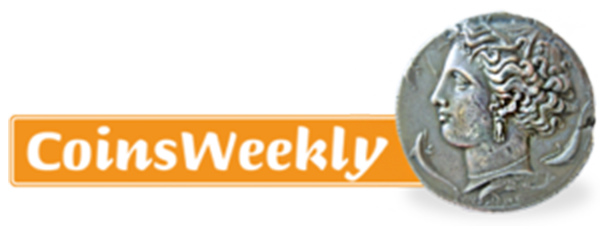by Daniel Sheffer
February 2, 2017 – For the unbiased observer it must occasionally seem that state-run companies are allowed to do anything which is not explicitly forbidden by law. On the international markets some state mints literally scatter their products at ‘dumping’ prices. These mints can do so unpunished, as they are insured by being national monopolies. They can offset any losses from those dumping deals against profits made from monopoly deals. While in a privately-owned business the loss or profit of every deal counts, politics and networks are often the most important factors for state-owned companies.
Daniel Sheffer. Photo: Monea.
How could this imbalance emerge? Historically speaking, state-owned mints were the sacrosanct money machines of their owners: monarchs, princes, and other rulers. Their profit was not caused by revenue minus costs, as it is in a free competition, but by the size of the territory which they could force to use their money.
Market prices? For the demand of coins, blanks and / or minting-related services the state mints – with a few exceptions – never had and still don’t have to deal with any competition. This is why neither products nor services for the national market are guided by a price arrived at a free competition. This is how big profits are gained from being a monopoly.
State-owned mints have an important mission. As modern and efficient service providers, they ensure that the coins of “their” country are genuine and produced reliably, efficiently and sustainably. State-owned mints are guarantors of trust, which is given by citizens and foreigners in the financial solvency of a nation. Mints, which achieve this mission, work in the interest of tax payers.
But what about state-owned enterprises which abuse profits from their national monopoly in order to take on investments in capacities and the conquest of international markets which have nothing to do with their basic task? They thus use tax money of their citizens to subsidise the coin production of another country.
One has to question whether the turnover of a state-run mint really is the only criteria for its quality. It cannot be in the interest of a nation and a service to the taxpayers to restrict, let alone destroy, free and fair competition in producing coins. How do we have to value it from an ethical point of view, if representatives of a state organisation influence representatives of foreign central banks in order to assure the workload of their mint, which might be scaled too large?
In the last few years several scandals involving politicians and public officials have brought a change in thinking. Even European supervisory bodies are starting to take on the question of what the function of state-owned, national mints in a united Europe should be. They will newly define monopolies and the range of services of state-owned mints. They will differentiate which services will be delivered by private providers, which should be taken on by public service, and which rules will apply to both of them.
The current situation shows us that rules are needed in order to determine what a state-owned mint may and may not do. As long as these questions are not discussed publicly and noticed as an issue by the legislature, there will be frustration and lack of orientation on both sides. Private suppliers and especially tax payers are situated at a structural disadvantage.
This article was first published in Mint News Quarterly 03 / 2016. Mint News Quarterly is issued by Currency News in association with Monea. Editor is Ursula Kampmann.





